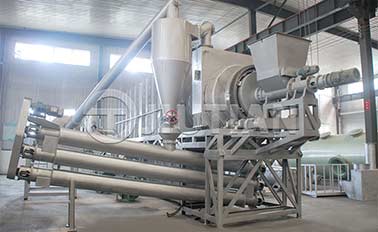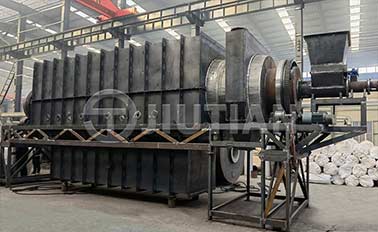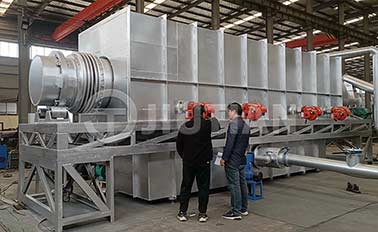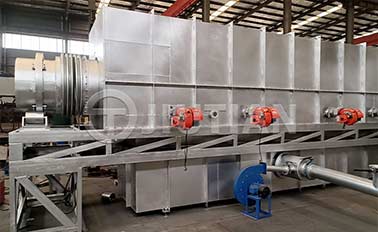Rice husk carbonization is the process of exposing agricultural waste such as rice husks or rice husks to a high-temperature environment and transforming them into stable carbonized substances through a series of chemical and physical changes. This process has several important roles and applications:
1、 Energy production: Rice husk carbonization can convert these waste into high-energy density carbon, which can be used as biomass energy. The carbonized rice husk is commonly referred to as rice husk charcoal, which can be used for power generation, heating, furnace materials, etc. It is a renewable and low-carbon energy source.
2、 Soil improvement: Rice husk charcoal can be used as a soil conditioner. It has good adsorption performance, can improve soil water retention and aeration, and help improve soil fertility and crop growth. In addition, rice husk charcoal can also alleviate the problem of soil acidification.
3、 Environmental protection: By carbonizing rice husks, the accumulation of agricultural waste and open burning can be reduced, thereby reducing negative impacts on the environment. This helps to reduce air pollution and greenhouse gas emissions.
4、 Water treatment: Rice husk charcoal is used as a water treatment agent to remove impurities and pollutants in water, such as heavy metals, organic compounds, and pigments. Its adsorption performance makes it an effective water treatment material.

5、 Metal extraction: Rice husk charcoal can be used to extract metals from ores. It can adsorb metal ions, thereby facilitating the separation and recovery of metals.
6、 Food and Drug Industry: Rice husk charcoal can also be used in the food and drug industry as a component of bleach, deodorant, and filter.
In summary, rice husk carbonization is a sustainable technology that can convert agricultural waste into useful products and play a role in multiple fields, from energy production to environmental protection and resource recovery. This helps to reduce the cost of waste treatment, reduce environmental pollution, and improve resource utilization efficiency.

Location:Indonesia
Project Progress:Put Into Production

Location:Vietnam
Project Progress:Put Into Production

Location:Kenya
Project Progress:Put Into Production

Location:Canada
Project Progress:Put Into Production